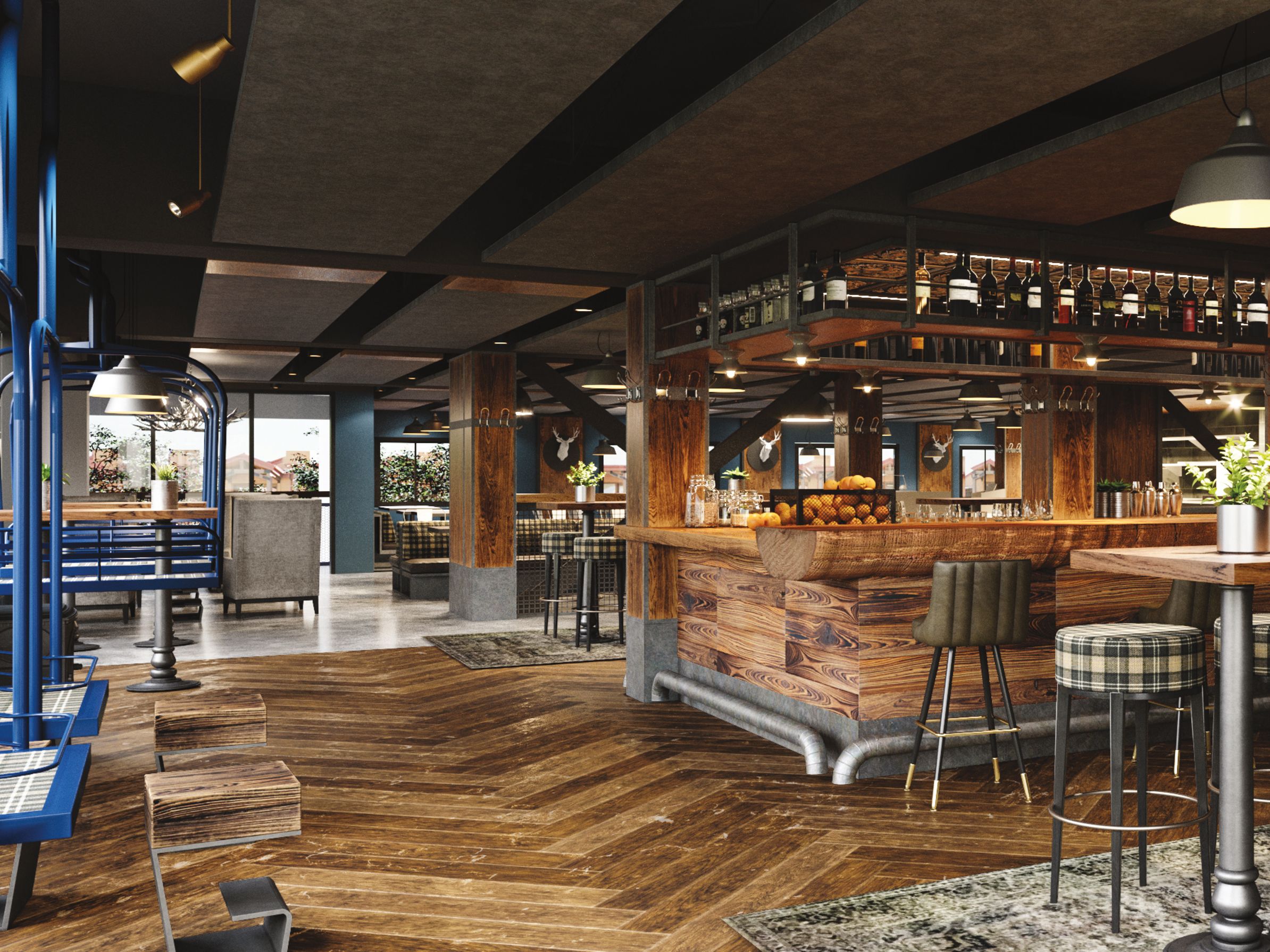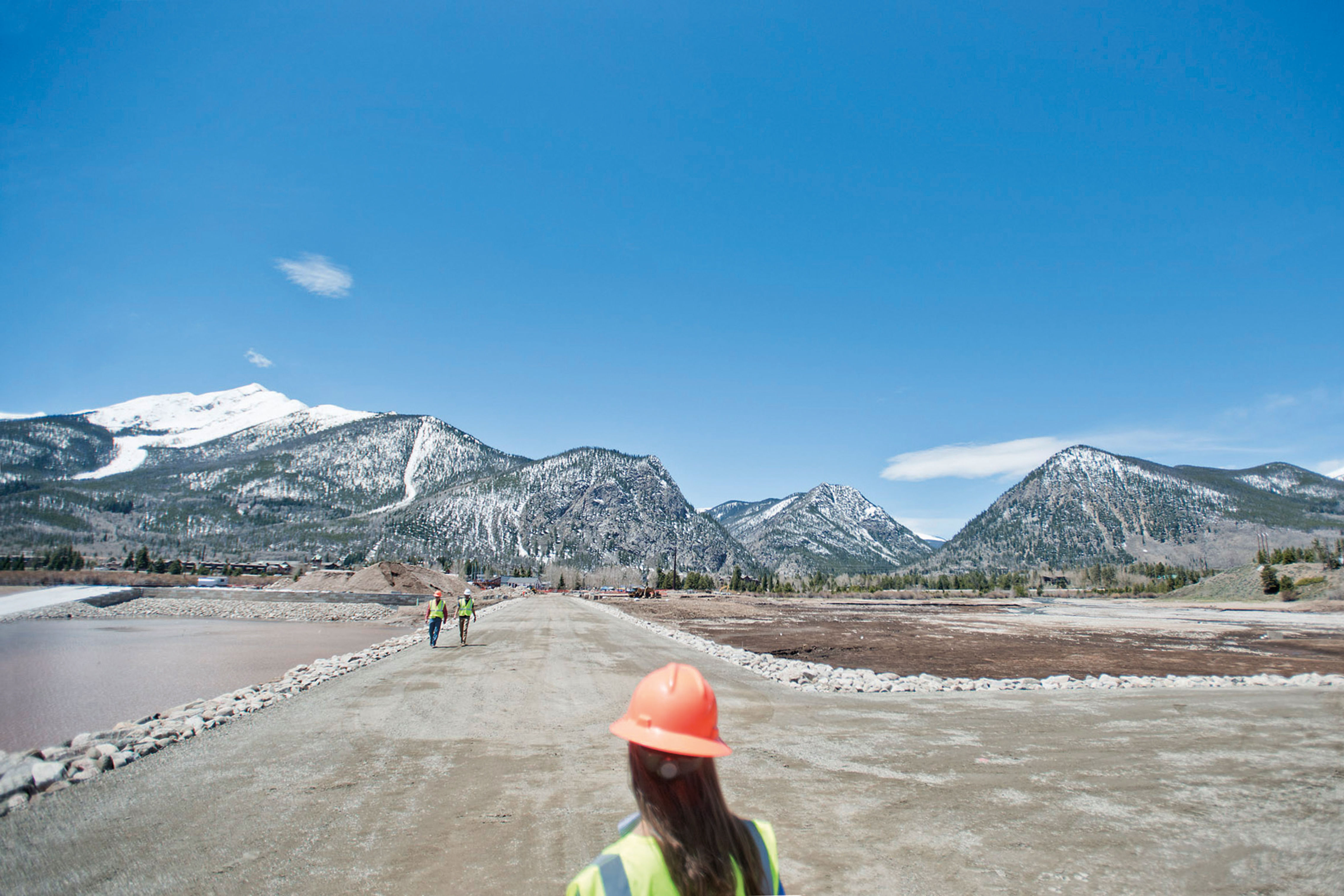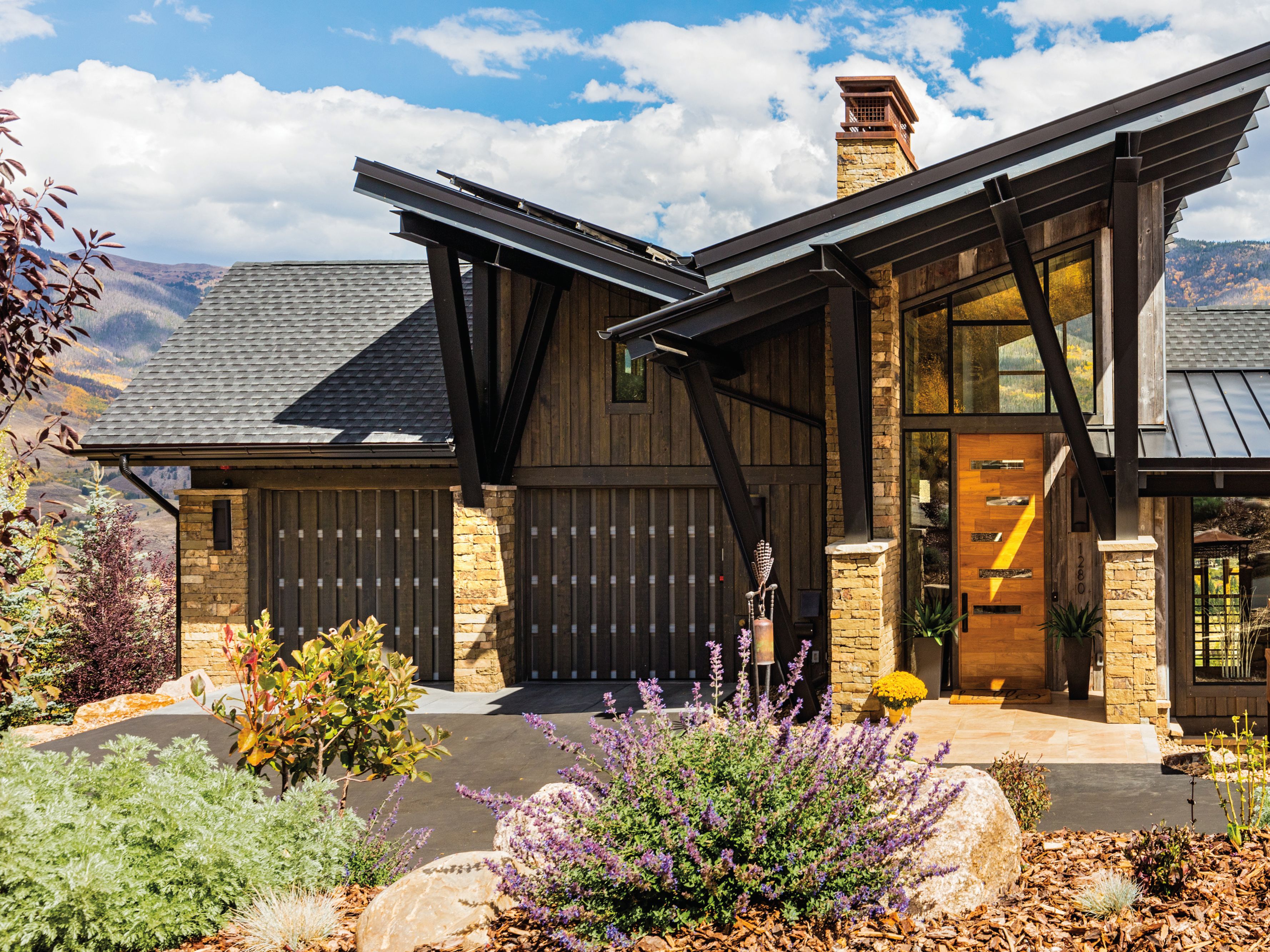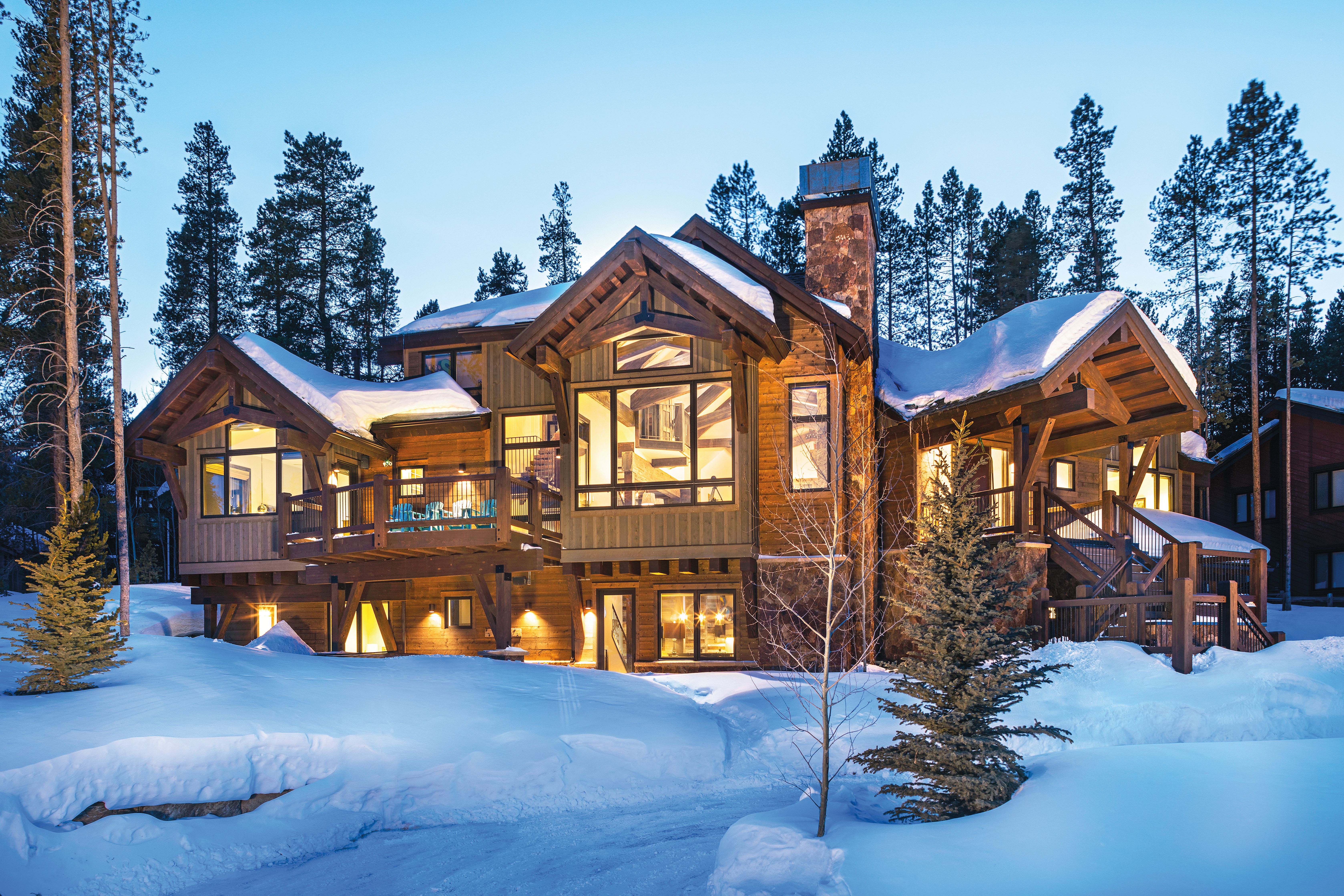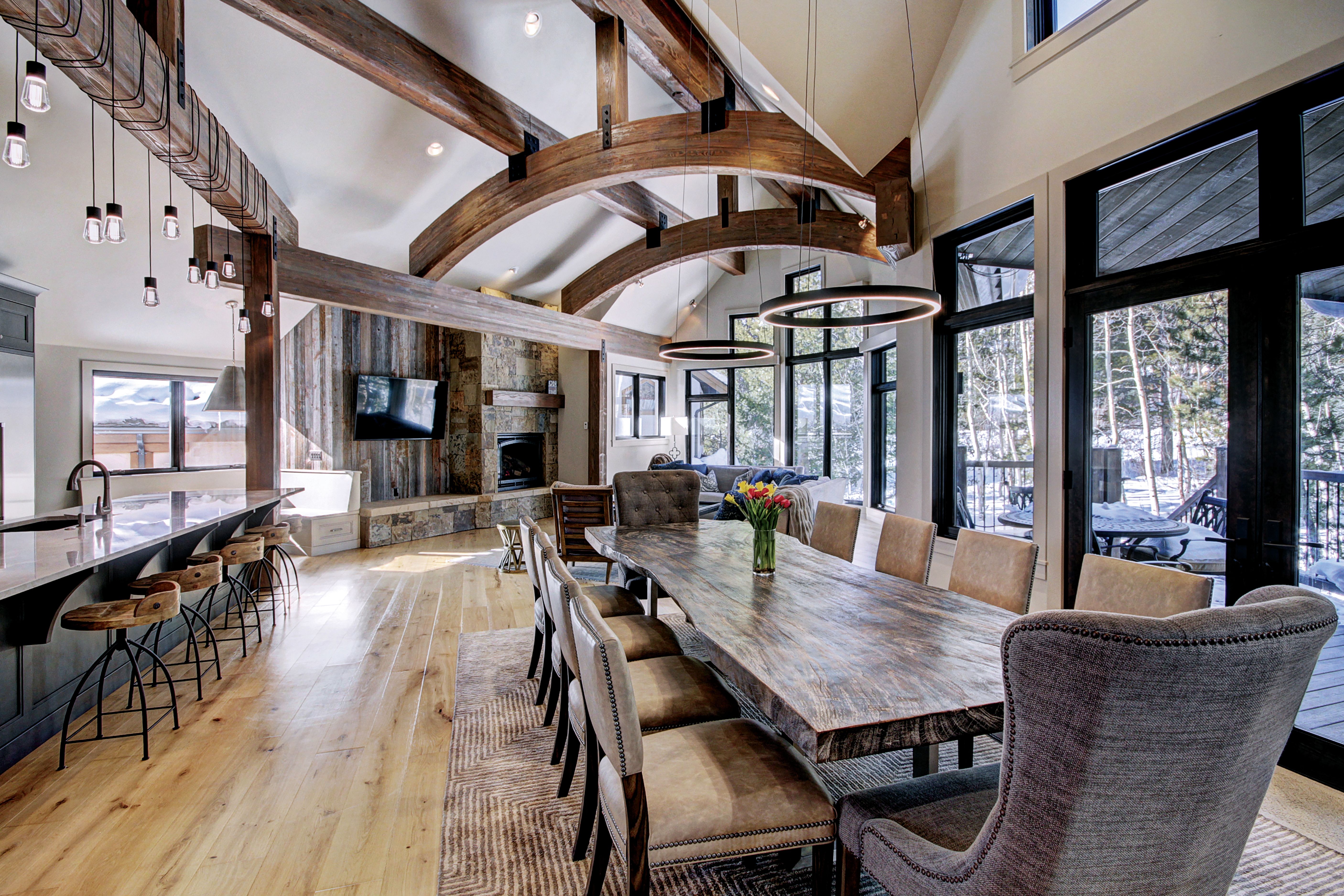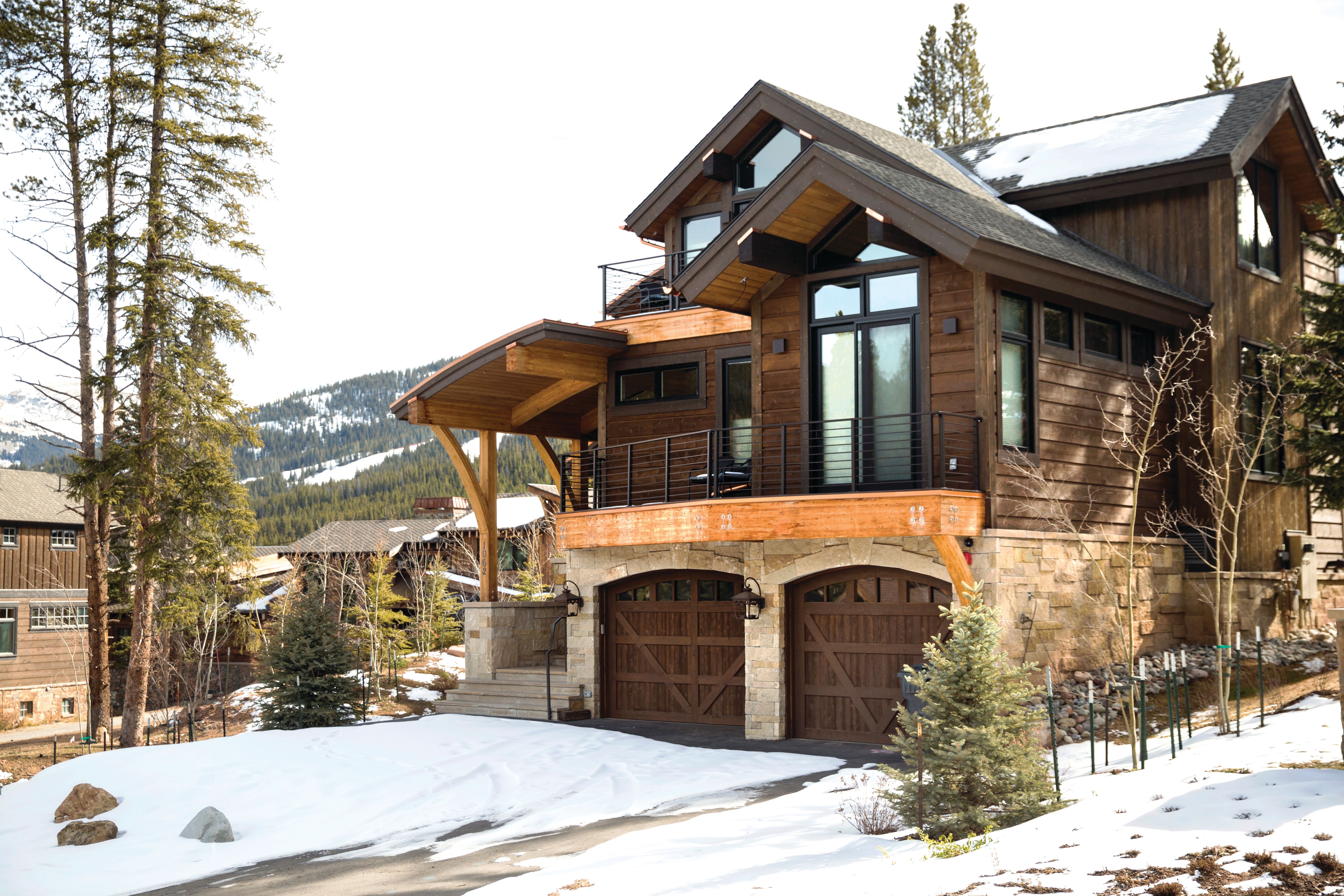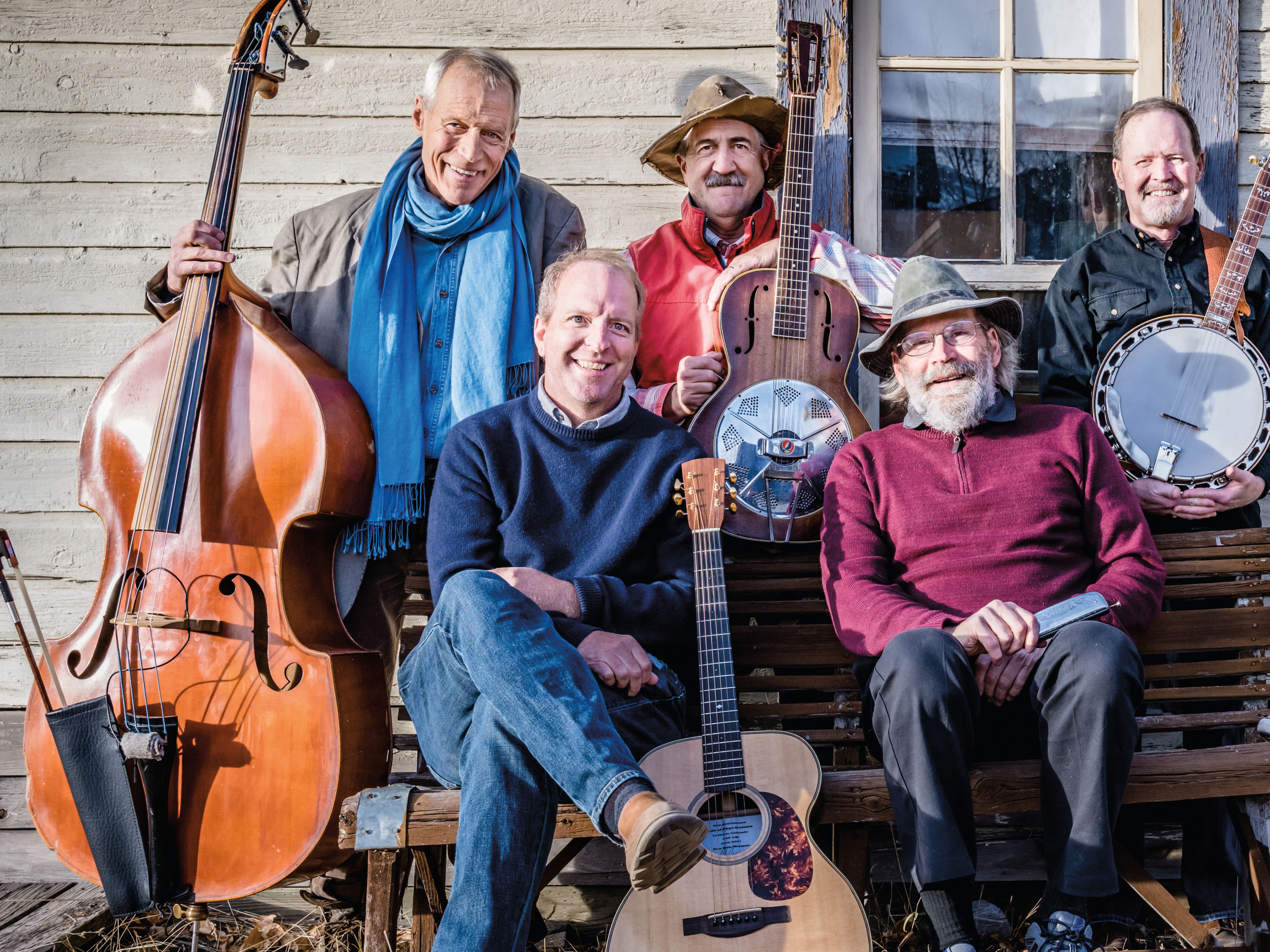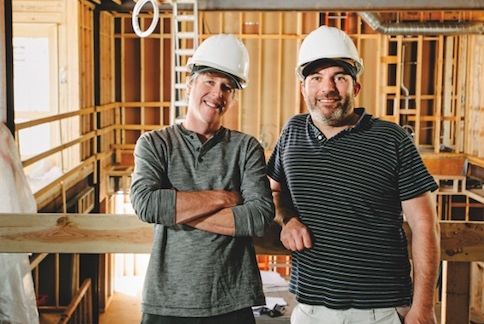Market Day
Food Flight
A custom-tailored green-giant grocery joins Summit’s workaday supermarket fray, while others leave it.

When Whole Foods Market opened in Frisco on April 29, it became the organic grocer’s twentieth store in Colorado and 379th nationwide—and at 9,097 feet above sea level, “the Highest Whole Foods Market on the Planet.” One might expect such corporate empire-building to yield yet another soulless big box with cookie-cutter (albeit carbon-neutral) finishes. However, walking through the store one week prior to the jam-packed grand opening (following a fresh-baked challah bread-breaking ceremony), it was clear that the Frisco addition was anything but generic.
John Gengel, the store “team leader” (a.k.a. manager) and a fourteen-year Whole Foods employee, pointed at the lampshades, made from canvas salvaged from Lake Dillon sailboats. Nearby hung signs made from old skis and snowboards. Over by the bakery sat a 1980s-vintage Keystone gondola cabin, in which customers can eat lunch (and stream music via Bluetooth to the gondy’s surround-sound speakers). The idea, Gengel explains, is to blend in with the local flavor. “All of our stores are very unique,” he says. “We try to tailor them to the communities we’re in.”
It’s a business model that has brought Whole Foods great success, to the tune of $12.9 billion in sales last year worldwide. The Frisco store is the company’s second to open in Colorado’s high country; the first, in Basalt, increased localsales tax revenue by 21 percent within just six months.
The market’s centralized location in Frisco—a few hundred yards from Safeway, which has existed in Summit County since 1977, and a one-minute detour off of Interstate 70—promises to lure customers not just in Summit but from Eagle, Park, and Grand Counties as well. The company entered a countywide marketplace crowded with seven other grocery stores, dueling not just with its neighboring Safeway but with City Market locations in Dillon and Breckenridge. Kris Staaf, a spokesperson for Safeway, says the company doesn’t comment on its competitors, “but we’re going to continue providing outstanding customer service and products as well as competitive pricing.” As in sales, versus recycled sails.
Whole Foods’ arrival didn’t take long to impact the smaller grocers: Alpine Market, on Frisco’s west side, closed two weeks after the grocer’s ballyhooed opening, and co-owner Tom Hallin says the new neighbor was the primary reason. “It’s hard to compete with their buying power,” he attests. Still, Whole Foods’ prices, while in the ballpark for organic items that have long been the lifeblood of Alpine and Natural Grocers, in Dillon, generally run higher than those at City Market and Safeway. As do the company’s aspirations.
“It’s more about the experience and the social gathering and celebration of food than it is about grocery shopping,” Gengel says. Of course, Whole Foods is betting there will be plenty of that, too.
Data Points: Whole Foods Edition
32,000
Footprint of the Frisco store, in square feet
11,649
Largest Summit County home for sale (as of press time), in square feet
2
Number of bathrooms, Whole Foods store
10
Number of bathrooms, largest Summit County home
1,188
Distance, in miles, from Frisco to San Francisco (nearest ocean)
107
Distance, in miles from Frisco to Cañon City, source of the store’s farm-raised tilapia
3
Number of peach growers (from Palisade, Hotchkiss, and Paonia) who will deliver their fruit to the Frisco store this summer
2
Number of Breckenridge-based businesses (Breckenridge Brewery and Breckenridge Distillery) that will supply ingredients for WFM’s daily store-made sausage
1
Number of plush toy mascots modeled after a Copper Mountain Ski Patrol avy dog
1980
Year Whole Foods was founded, in Austin, Texas
140
Number of employees at the Frisco Whole Foods
1,000
Number of applications received for those jobs
70
Percentage of those jobs filled by locals
4
Number of decades Alpine Market, Frisco’s first natural foods store, served the area
2
Number of weeks after Whole Foods’ opening that Alpine Market closed

